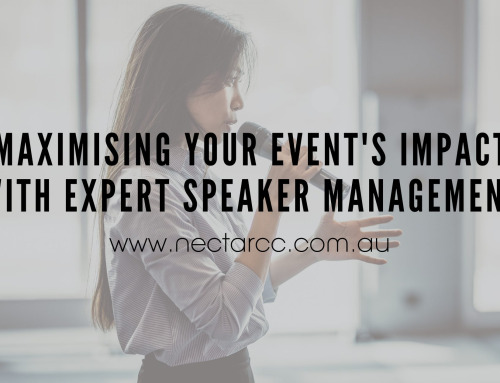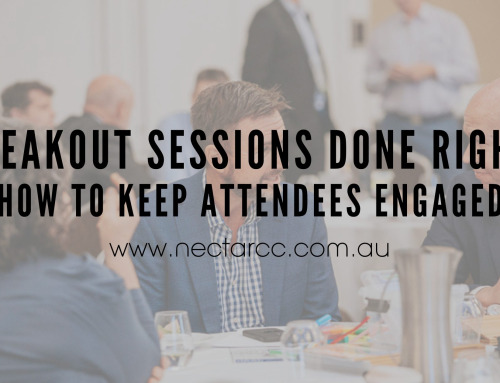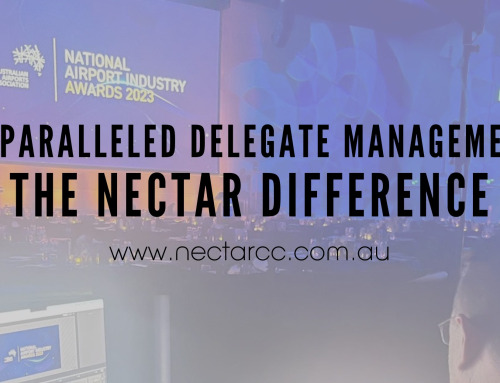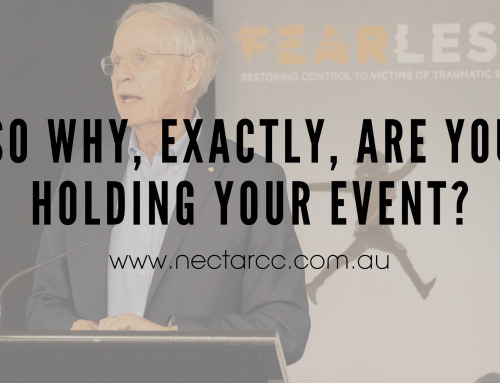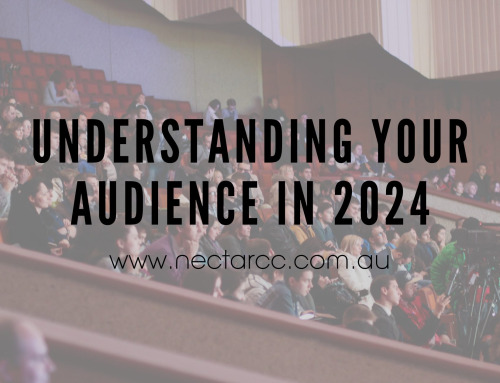Organising a conference to cater for every member of your audience is no easy feat. You’ll often face questions on whether you should add breakouts into your event so you can tailor bespoke formats, environments and content to suit different segments of the audience.
My general point of view is if you have more than one audience segment or a wide variance in the level of experience in attendance, then you should 100% consider breakouts during your program. This ensures a more tailored and beneficial experience for your delegates.
Before I jump into some of the benefits I have personally found from adding breakouts to conference programs, I first want to explain a couple of important terms used programming a conference and the differences between them so we are all on the same page.
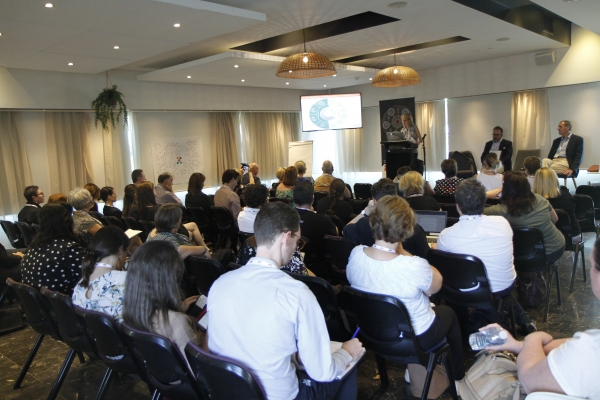
The difference between a keynote and a plenary speaker
Although they share the same stage, a keynote speaker and a plenary speaker play different roles in your conference program story.
Keynote refers to the underlying theme of a larger idea. Therefore, a Keynote Speaker’s main purpose is to reinforce the meeting’s main idea or theme. A Keynote presentation is normally the major centerpiece and attraction of a conference.
A Plenary Speaker on the other hand is often from within an organisation, the same industry or a related industry, as opposed to a professional speaker.
The difference between plenary and breakout sessions
A plenary session is a section of a conference for all members to attend and covers a broader range of content. A breakout session is when the large group of people at the event splits into smaller groups to learn about different topics. They are offered simultaneously in different rooms and attendees decide which sessions that they would enjoy the most and get the most benefit from.
The benefits of having the audience split into breakout sessions
All well-planned programs have an overarching theme. Breakout sessions offer another opportunity to discuss, reflect, or act upon those themes in a more intimate or specialized setting.
Breakout sessions can involve different levels of knowledge and break the topic into different levels: beginner, moderate, and advanced, this allows everyone a chance to get just what they need.
Conferences are not cheap. By giving attendees options on what exactly they want to see and learn, you give them power. They leave the conference feeling like they were in charge of their learning and that your event was well money spent because it catered to their needs.
Developing your breakout sessions requires careful planning and audience mapping. It’s not just a matter of filling in boxes on a program! One approach I take is to create sub themes and then group the topics. I step out the learning journey so that it builds for the delegates from one session to the next.
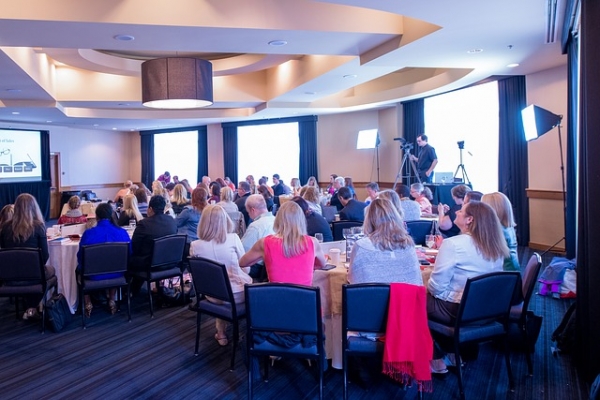
Different formats you can use in breakouts
Variety helps your breakout sessions stand out and be memorable. Think about offering different breakout formats or tools to ensure they are interactive and engaging. I have listed a few ideas below.
Gamification – Add gamification to entice those who favor the virtual world. Gamification can tap into the current trends for VR and AR tech. This option allows many attendees who enjoy learning via this technology to explore the topic themselves.
Role Play – Add role play sessions. Being hands-on creates an opportunity to network and make learning fun.
Take it Outdoors – For certain occasions, taking the session outdoors would allow people to experience a more relaxed environment, soak up the sun, or enjoy the breeze while learning something new.
Roundtable – Adding this session would provide a more intimate feel and allow the presenter to break the audience into even smaller groups to talk about mini-topics.
Attendees Pick the Topic – This session allows the audience to pick the topic of discussion,and be in charge of the presentation based on which route they want to take.
Alongside these different formats it’s always worth considering how you can utilise different environments for breakouts too. Outdoor spaces, casual spaces, seperate rooms, or lounges can all work depending on the format.
Bringing everyone back together again
If delegates separate into smaller breakout groups, I think it is really important to gather everyone back together to close the conference and reinforce the theme and key messages.
It allows the opportunity to review the key accomplishments of the event and of the delegates so everyone leaves with the key messages and feeling they got great value from the experience.
For multi-day events, it is worth reviewing accomplishments at the end of each major session and recapping at the end of each day. The more you affirm success with the entire group of attendees and send home the key messages, the more momentum you’ll create.

